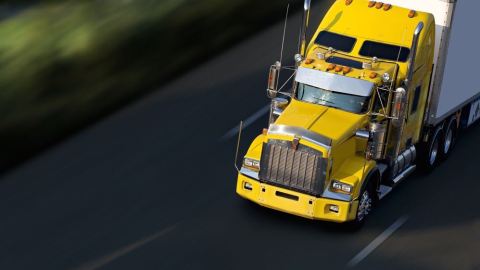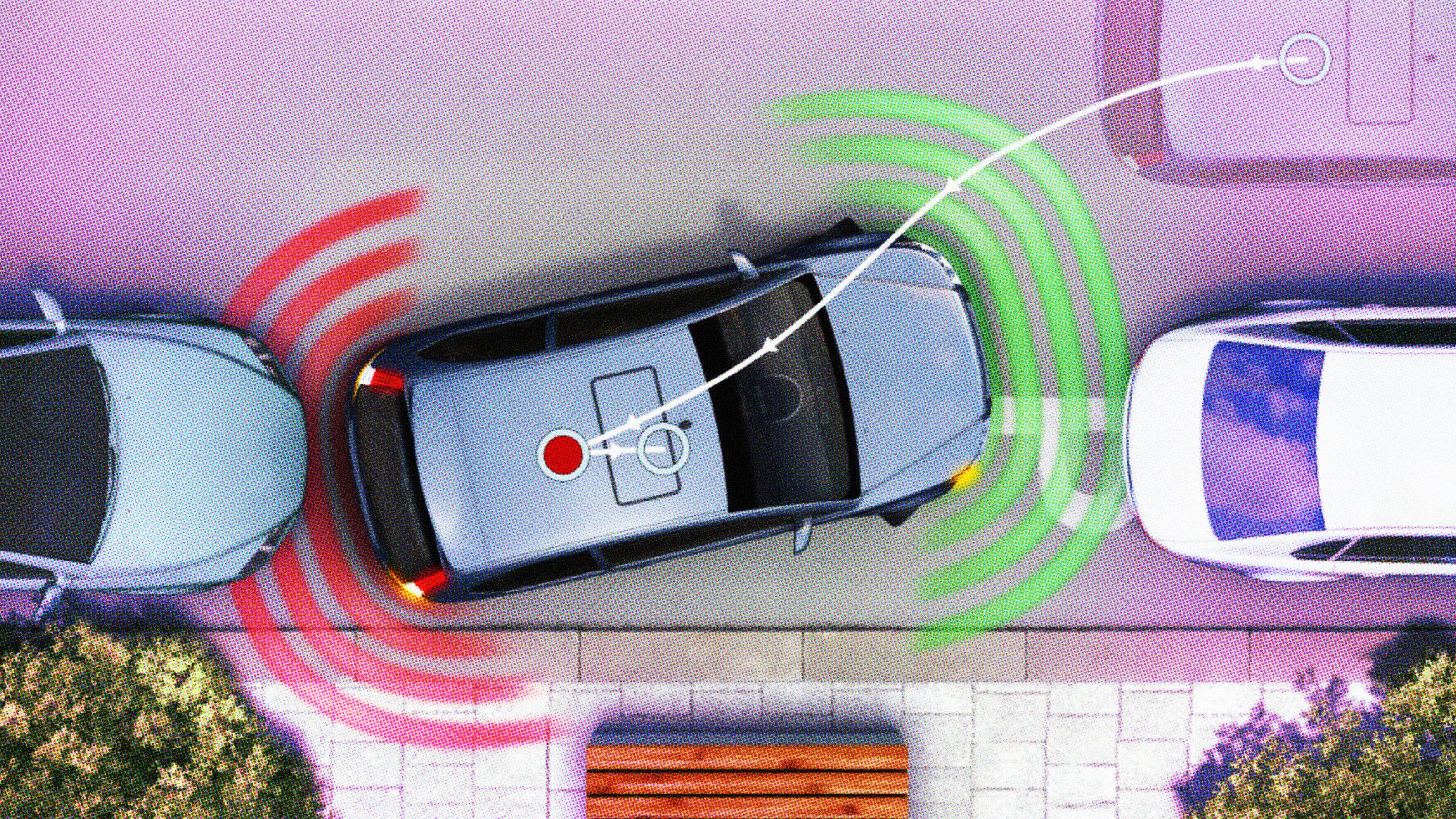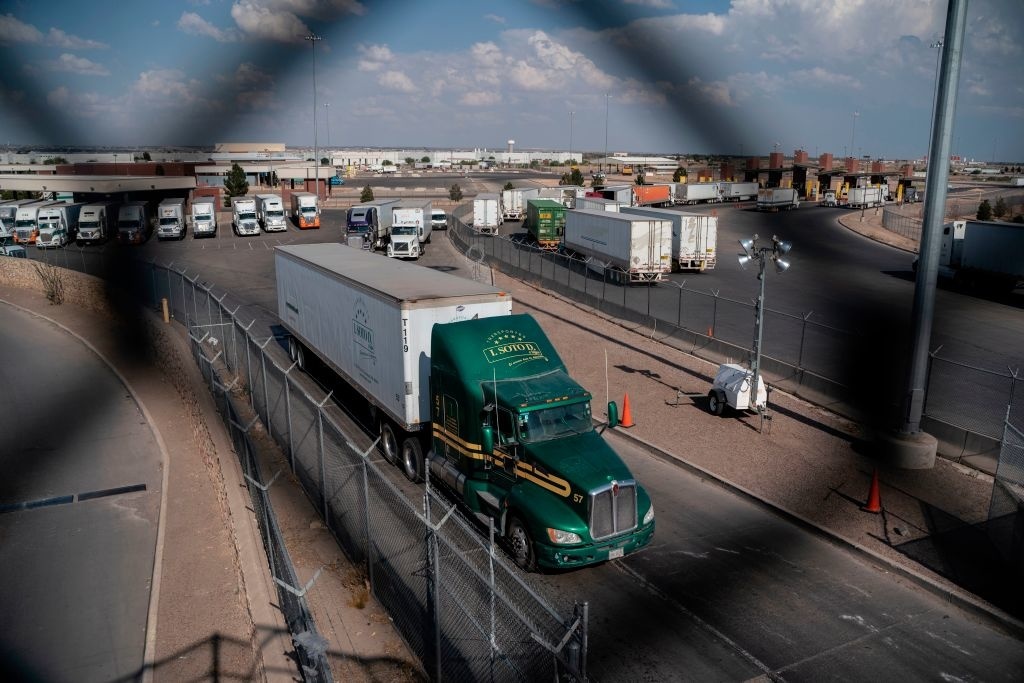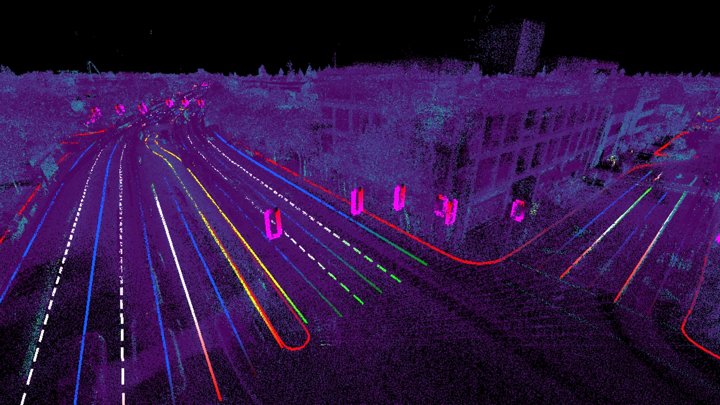Self-Driving Semi Truck Licensed to Drive in Nevada

An autonomous 18-wheeler has been given a license to drive the long stretches of open road that crisscross Nevada. And while Google’s high-profile personal vehicles have been much in the news, automated commercial driving could transform the economy in a more fundamental way by changing how goods are transported across the globe.
At a ceremony last week at the Hoover Dam, automotive manufacturer Daimler premiered the Inspiration Truck, a semi-autonomous transporter of goods designed to travel alongside passenger vehicles on America’s municipal roadways. Industry analysts are already expecting makers of other large vehicles such as garbage trucks and city busses to express interest in adapting the technology.
The Inspiration Truck knows how to stay in a lane, change speeds depending on location and traffic patterns, and to avoid collisions by using a camera that scans 100 meters in front of the truck for obstacles and tricky road conditions. A radar attached to the truck also monitors a full 250 meters ahead checking for similar conditions.
In addition to fulfilling safety requirements, the trucks may prove economically beneficial, and not because it would eliminate human drivers (it won’t, at least for now):
“For one, they could help cut fuel use, as they accelerate and decelerate more gently than a human driver might. Programming multiple trucks to travel in convoys would be beneficial, too: one truck could draft behind another, reducing air resistance and so using less fuel.”
With its new Nevada license, Daimler is free to collect real-world data on the truck, such as how it handles along commercial roadways. Until there is another leap in technology, however, a human driver will remain behind the wheel in case the truck needs to change lanes or deal with circumstances unforeseen by the truck’s computers.
In his Big Think interview, Peter Diamandis discusses what innovations are coming to personal vehicles. As he explains, humans are generally not the best control system to operate heavy machinery when there is a suitable electronic alternative.
Read more at New Scientist.
Photo credit: Shutterstock




